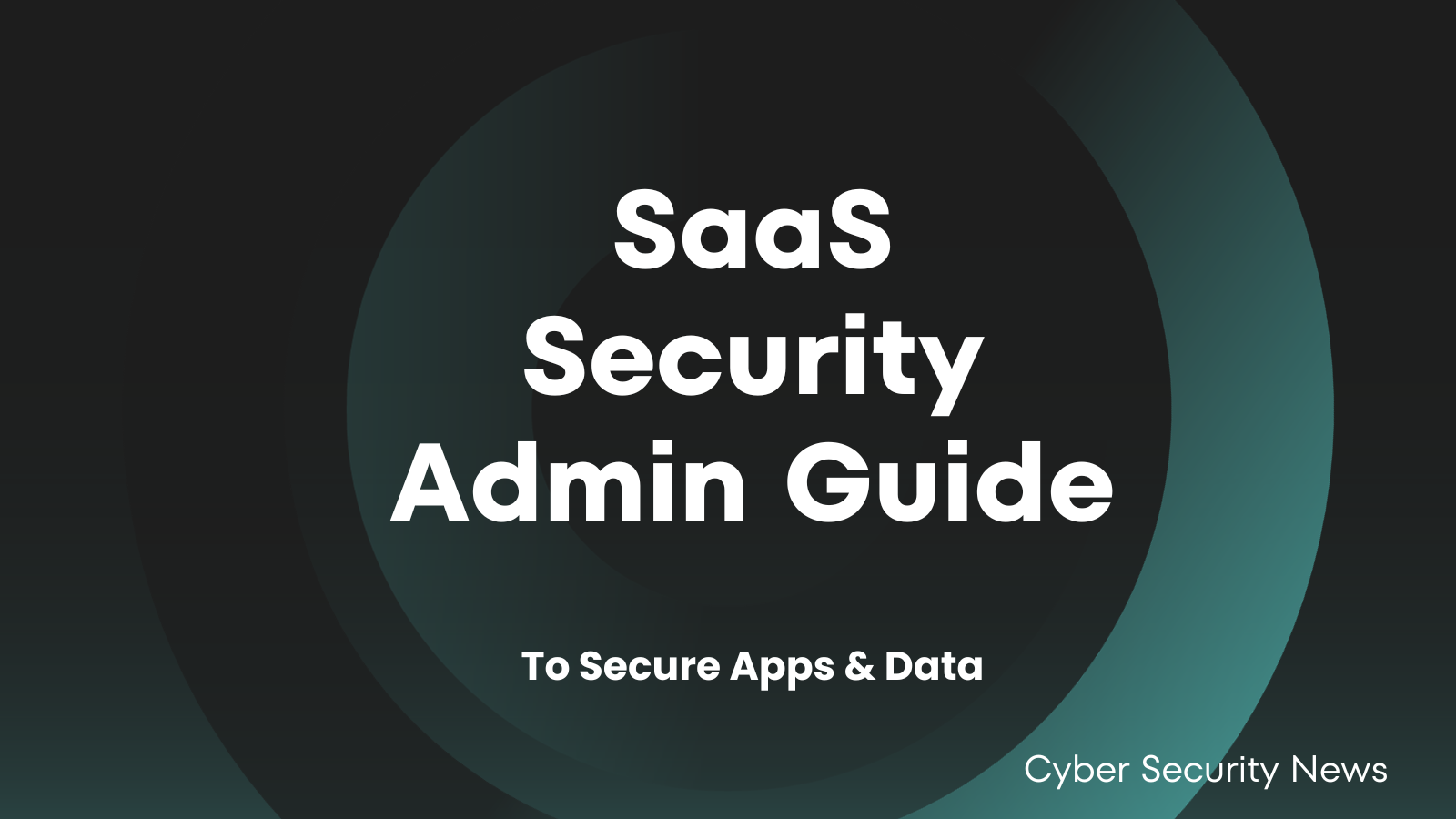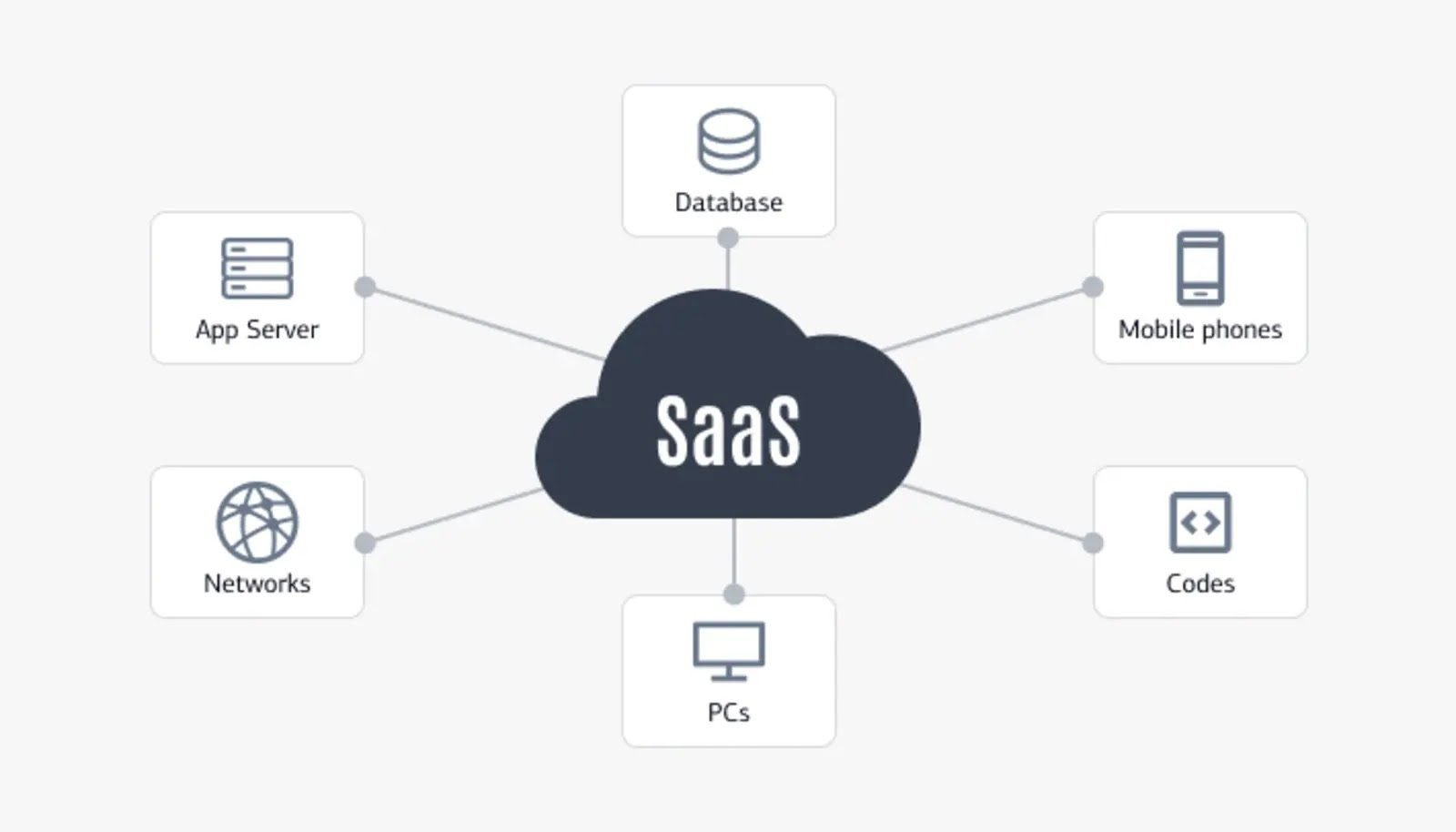AI-Driven Security: Future of Protecting SaaS Platforms
The rapid growth of Software as a Service (SaaS) platforms has revolutionized how businesses operate, offering scalability, flexibility, and cost-efficiency. However, this transformation has also introduced new security challenges, given the sensitive data stored and processed within these platforms. As cyber threats become increasingly sophisticated, traditional security measures struggle to keep pace. Enter AI-driven security, the future of safeguarding SaaS platforms.
1. Proactive Threat Detection
AI and machine learning (ML) algorithms excel at analyzing vast amounts of data in real-time, identifying patterns, and predicting potential threats before they materialize. Unlike traditional security systems that react to known threats, AI-driven security continuously learns from emerging threats and adapts to new attack vectors. This proactive approach is crucial in detecting zero-day vulnerabilities, phishing attempts, and anomalous behavior that might indicate a breach.
2. Automated Response and Mitigation
One of the most significant advantages of AI in security is its ability to automate responses to threats. Upon detecting an anomaly, AI systems can trigger automated actions such as isolating affected systems, blocking suspicious IP addresses, or alerting administrators. This rapid response minimizes the window of opportunity for attackers, reducing the potential damage of a breach.
3. Enhanced User Authentication
AI-driven security enhances traditional authentication methods by introducing multi-factor authentication (MFA) that adapts based on user behavior. For example, if a user attempts to access a SaaS platform from an unusual location or device, the AI system can require additional verification steps. Behavioral biometrics, such as typing patterns or mouse movements, can also be integrated into the authentication process, making unauthorized access increasingly difficult.
4. Data Encryption and Anomaly Detection
AI can play a pivotal role in ensuring data integrity within SaaS platforms by continuously monitoring data flows and encrypting sensitive information. AI-driven encryption systems can dynamically adjust encryption levels based on the sensitivity of the data and the perceived threat level. Moreover, AI algorithms can detect anomalies in data access patterns, flagging potential breaches or unauthorized access attempts.
5. Predictive Analytics for Vulnerability Management
AI’s predictive capabilities extend beyond threat detection to vulnerability management. By analyzing software updates, patches, and historical data, AI can predict which components of a SaaS platform are most likely to be targeted. This allows security teams to prioritize patching and focus resources on the most critical areas.
6. Continuous Compliance Monitoring
Compliance with regulations such as GDPR, HIPAA, and CCPA is a significant concern for SaaS providers. AI-driven security systems can continuously monitor compliance status by tracking data usage, access controls, and audit trails. These systems can also generate real-time reports, ensuring that organizations meet regulatory requirements and avoid costly penalties.
7. Adaptive Security Policies
AI enables the creation of adaptive security policies that evolve with the SaaS platform’s usage patterns. Instead of static rules that require manual updates, AI-driven policies can adjust based on real-time data, ensuring that security measures remain effective as the platform scales and adapts to new business needs.
Conclusion
AI-driven security represents the future of protecting SaaS platforms, offering a dynamic, intelligent approach to safeguarding sensitive data and ensuring business continuity. As cyber threats evolve, the integration of AI in security frameworks will become not just a luxury but a necessity, providing a robust defense against the ever-changing landscape of cyber risks. By embracing AI, SaaS providers can stay ahead of threats, protect their users, and maintain trust in an increasingly digital world.





